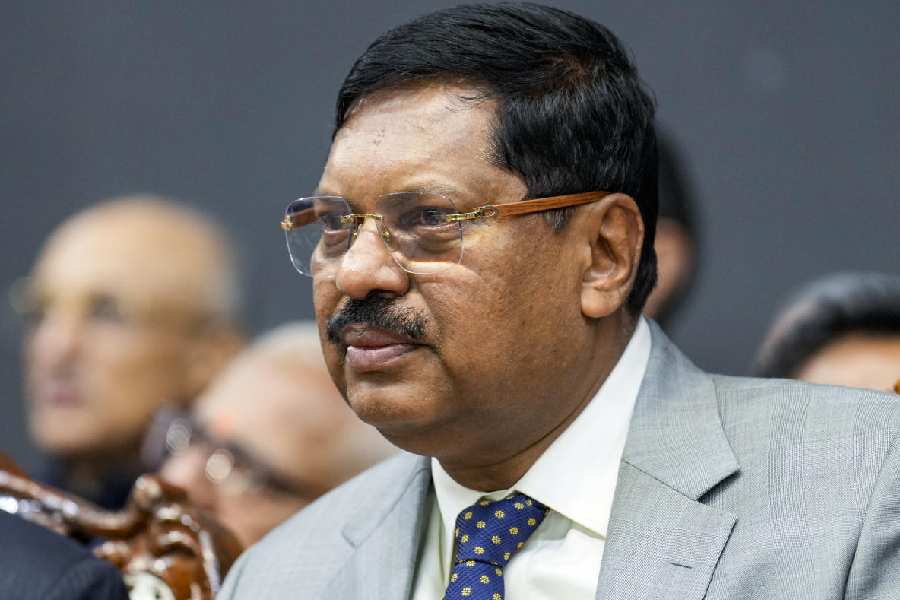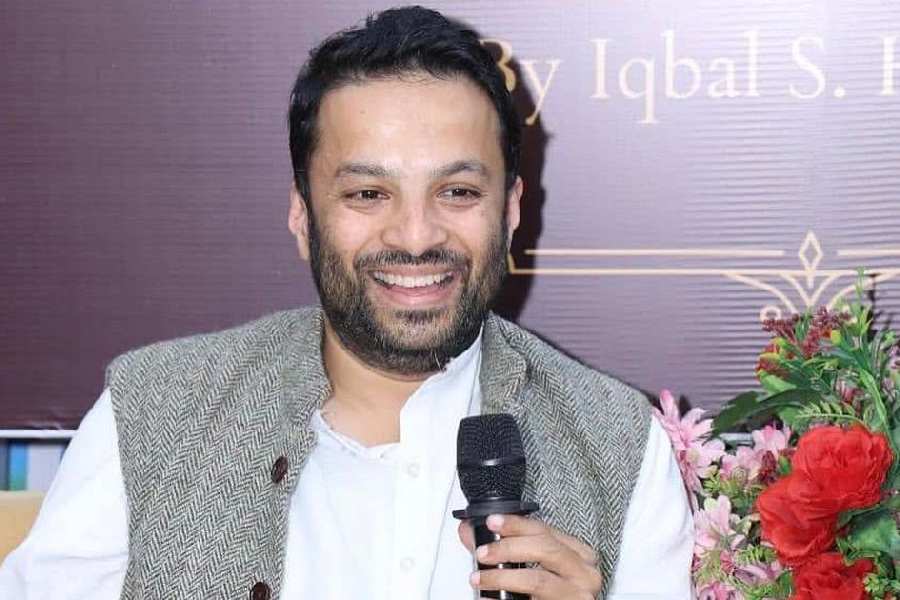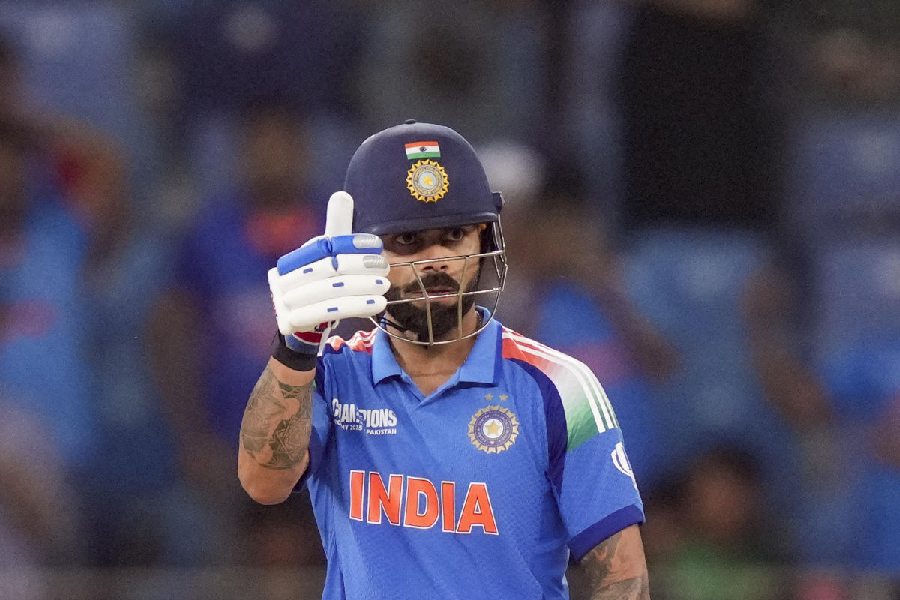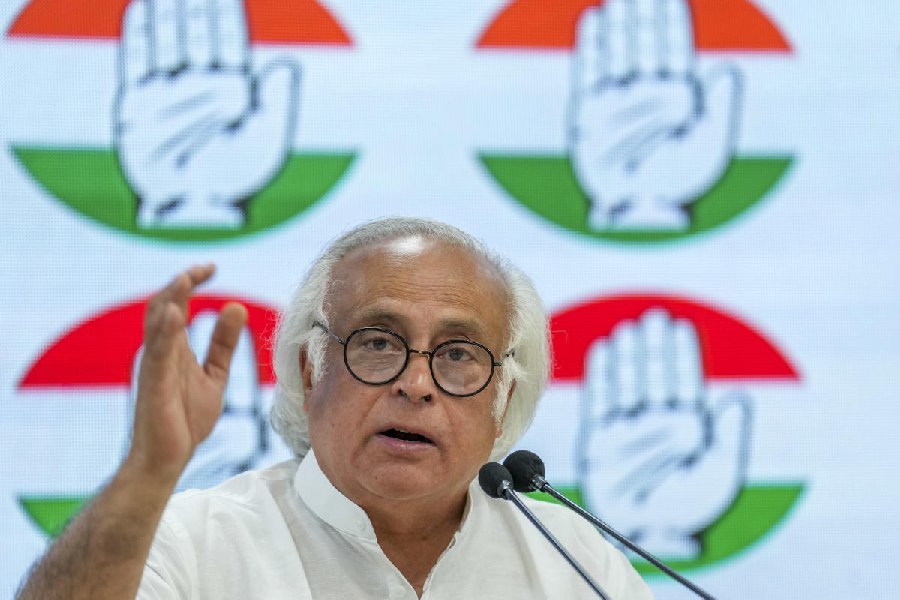
New Delhi, July 10: The brevity of multiple-choice questions that are the staple of exams like the JEE puts them at particular risk of ambiguity, and the Indian Institutes of Technology's policy of setting new questions every year only multiplies the danger.
And if these tech schools switch to the practice of building a thoroughly vetted, long-term question bank - as followed for America's Scholastic Aptitude Test (SAT) - they may face a new enemy: the Indian genius for engineering question leaks.
This seemed the general opinion among veteran IIT professors and former JEE heads today, hours after the Supreme Court sought an explanation by October 10 how the tech schools planned to avoid faulty questions in future.
A string of flawed questions in this year's JEE Advanced, compensated by across-the-board grace marks, had triggered an apex court case that hung a cloud over the futures of thousands of students.
"How can you allow such mistakes? We want you to prepare a booklet explaining how you will prevent such mistakes in future," the court today told the Centre and IIT Madras, which conducted this year's exam.
But several past paper setters and a former JEE chairperson told this newspaper that implementing the court order would be an enormous challenge.
Invalid questions - ones that have multiple answers or none - have been a regular feature of the JEE, according to an affidavit filed with Delhi High Court in 2014 by then IIT Kharagpur teacher Rajeev Kumar.
IIT professors said that defective questions were usually a result of faulty language rather than bad science or mathematics, their main flaw being ambiguity that opened them to multiple interpretations.
Typically shorter than the questions set in internal exams at the tech schools, the JEE's multiple-choice questions pose a challenge for the setter, who must make them clear to school-leaving examinees.
America's SAT, conducted for undergraduate admissions, has solved the problem by setting 90 per cent of the questions from a pre-prepared collection, screened thoroughly for ambiguity or any other error.
The remaining 10 per cent are experimental questions, prepared by the setters for that particular year. These questions carry no marks but the students, unaware which questions are experimental, are forced to attempt all the questions.
The SAT authorities then check whether the students found the experimental questions ambiguous, opaque or too difficult. If not, these questions are added to the question bank.
An IIT Bombay teacher outlined the risks of adopting this system - where the questions from the bank can be repeated in different years - for the JEE.
"In our country, the private coaching centres field non-serious candidates in the JEE, asking them to memorise the questions and reproduce them after the test," he said.
"If 50 students register for this purpose, they can easily remember all the questions and report them to the coaching centres, compromising the question bank."
A former JEE chairperson said a small group of IIT teachers now prepared the questions and another small group "verified" (vetted) them, the idea being to keep the questions "confidential".
"To reduce chances of error, the IITs will have to involve more experts (teachers) in the verification, which has the risk of compromising the sanctity of the question paper," he added, without explicitly questioning the faculty's integrity.
Dheeraj Sanghi, an IIT Kanpur teacher who has helped set questions for the Graduate Aptitude Test in Engineering - the MTech entrance at the IITs - said that errors can creep in at several levels: during setting, vetting, translation to Hindi and printing.
He said a defective question may have no correct answer or more than one - either inherently or because of ambiguity - flummoxing an examinee who is required to tick just one box.











